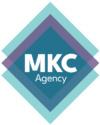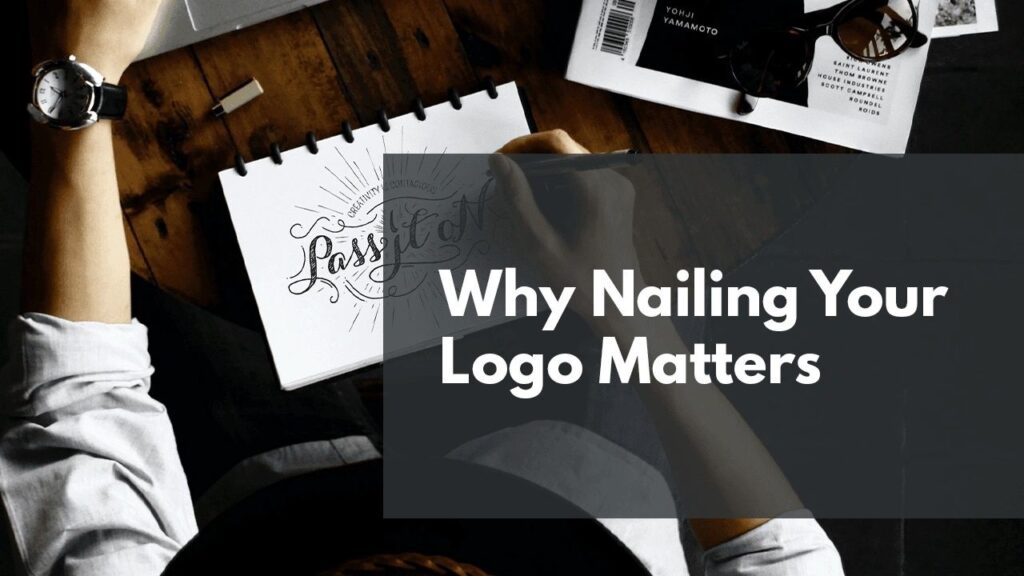When you think of your brand—is it sleek, agile, and strong? An embodiment of the American Psycho business card scene?
Or did it get its sleeve stuck in the door on the way in? Trailing that smell known well to every Subway restaurant nationwide
While this might be a bit abstract, what should never be abstract is your logo.
A logo is a handshake between your brand and the customer’s eye. It’s a short story in a handful of pixels. And above all, it’s the one thing you can’t afford to stumble over when you’re building the rest of your brand kit.
You wouldn’t build a castle in mud any more than you would make your visual identity without understanding what you do and how visuals can help you to excel in communicating your marketing materials.
Nailing your logo matters for any effective marketing strategy—and here’s why.
It Projects Confidence And A Strong Company Direction
Without entering the semiotics and the Aristetolean world of forms (that’s a blog for when I have a lot more free time), what we have to understand about images is that they signify something outside of themselves.
For marketing, this usually takes the form of embodying traits that show your philosophy.
Are your colors mild or bold?
Are you drawing on classical images or inventing something new?
Are you goofy and full of personality? Or exceedingly professional?
The best logos also tell visual stories outside of these signifiers. Think of the arrow hiding in the FedEx logo or the headphone-wearing user in the Beats by Dre logo.
Having strong visual direction will also help you construct the rest of your brand kit since it forms the foundation of your visual identity.
Your Logo Will Influence The Rest Of Your Brandkit
A keystone in brickwork refers to the final piece of an archway that is laid. It cements everything in place, finalizes the form of the project, and typically stands as the most aesthetic piece of the package.
For a branding kit, your logo serves the same function. The colors, feelings, lines, and aesthetics that you will deploy across sites and physical goods will all carry aspects of other pieces of branding. Laid end-to-end, your brand kit may not have a distinct beginning and end, but your logo will nonetheless be at the heart of the whole project.
Having a logo that tells the story you want it to through color and shape will influence the rest of the story your branding materials will tell. Taking special care at this step will ensure ongoing success as you explore new visual communication strategies that build on past achievements.
You Don’t Want To Look Cheap.
A vague logo (or a poorly made one) may misdirect customers about where your business puts their focus. Not to mention, a low-quality logo, in terms of technical quality, projects an amateur mindset.
It is crucial when constructing or contracting visual assets to be sent in high-quality, scalable formats like vector graphics. A graphic designer should be able to supply a variety of .png and related files in different sizes. Various formats will allow you to deploy these images flexibly across your site—from headers and profile photos to icons and browser favicons.
If you cheap out on your personal content, it won’t bode well in the minds of prospective clients. Holding yourself to the highest standards illustrates your eye for detail, your uncompromising pursuit of quality, and your stylishness. Go ahead and flex a little bit—it’s your show, after all!
Starting with a good logo means beginning with the best visual assets to carry you through your branding journey. Don’t be the one showing up with a mustard stain and untied shoes—at least not until the after-party.
If you’re stuck trying to build a brand kit, I might just be your gal. For audits on existing content, new marketing materials, and oodles of strategies that get your content to eyeballs, give me a call. Together, we can go from “logo” to “log-anic marketing strategies.”

